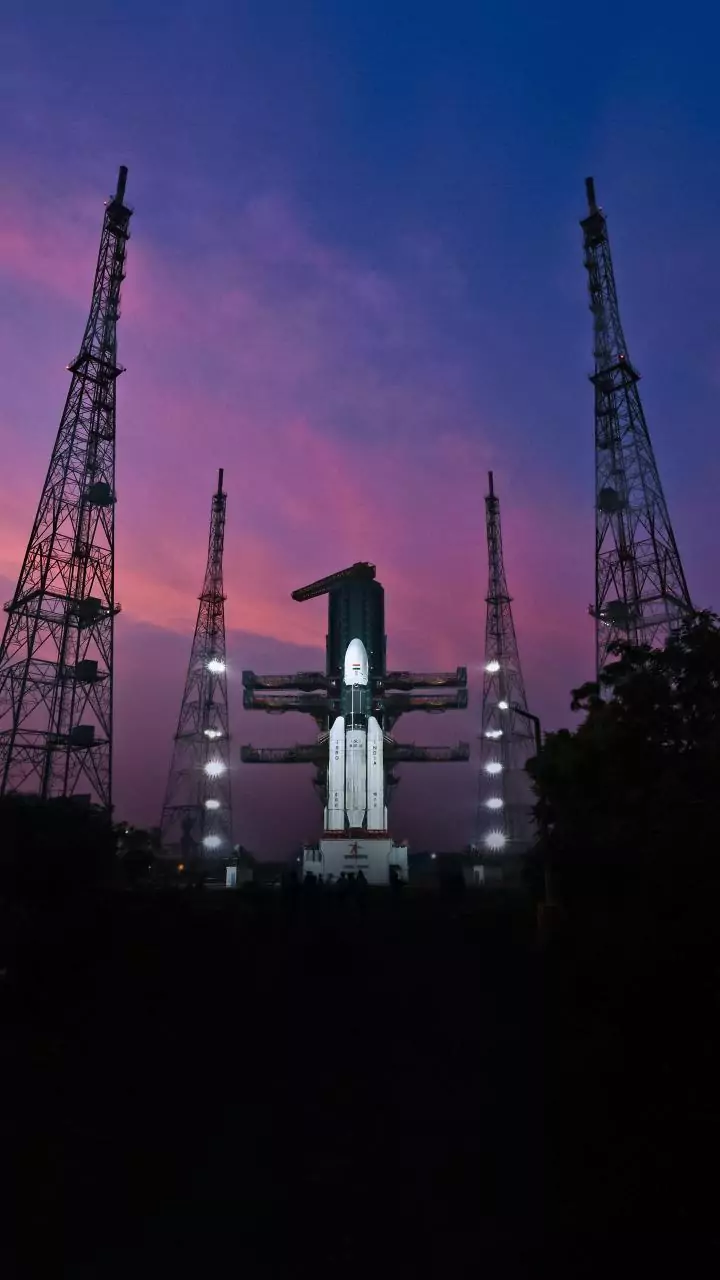Regulatory Approval Granted
Reports confirm that Starlink has successfully obtained the ultimate regulatory clearance required to launch its satellite internet services within India.
This pivotal approval is a crucial step for the company, paving the way for it to begin offering high-speed internet access across the country. The regulatory process involved a thorough evaluation, leading to the final go-ahead, marking a significant advancement for Starlink's expansion plans in India. This milestone suggests the government's openness to embracing innovative technologies that may provide more options for internet connectivity to both urban and rural regions, potentially closing the digital divide.
Data Security Measures
As part of the conditions for regulatory approval, Starlink must adhere to strict guidelines pertaining to data security and protection. A key restriction prohibits the copying or decryption of Indian user data outside of India's geographical boundaries. This measure is intended to ensure that all sensitive information is stored and processed within the country. The directive from the Ministry of Telecom emphasizes the importance of data sovereignty and the need to protect local user information. This regulatory aspect underlines the Indian government's commitment to safeguarding its citizens' digital data.
Mumbai Demo Runs Planned
Starlink has scheduled security and technical demonstration runs in Mumbai to showcase its capabilities. These demonstration runs will take place on October 30th and 31st. These demos are a crucial element, allowing Starlink to prove the reliability and security of its technology under real-world conditions. These demonstrations will likely highlight the performance of its satellite-based internet service, as well as the security measures that are in place to safeguard user data and ensure secure connections. It's an opportunity for Starlink to convince regulators and potential customers of its readiness and suitability for the Indian market.
Impact on Indian Market
The launch of Starlink's services in India could have a substantial impact on the country's internet landscape. It could introduce an alternative to the existing terrestrial internet services, particularly in areas where traditional infrastructure may be lacking or insufficient. This could lead to increased competition, which in turn could potentially drive down costs and improve service quality for consumers across India. Furthermore, Starlink's entry could also stimulate innovation in the sector and boost digital inclusion by extending high-speed internet to remote and underserved areas, thereby contributing to the country's overall digital growth.
















